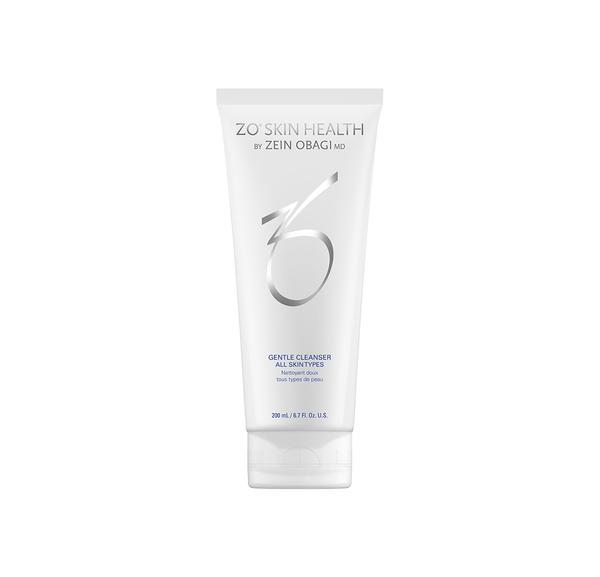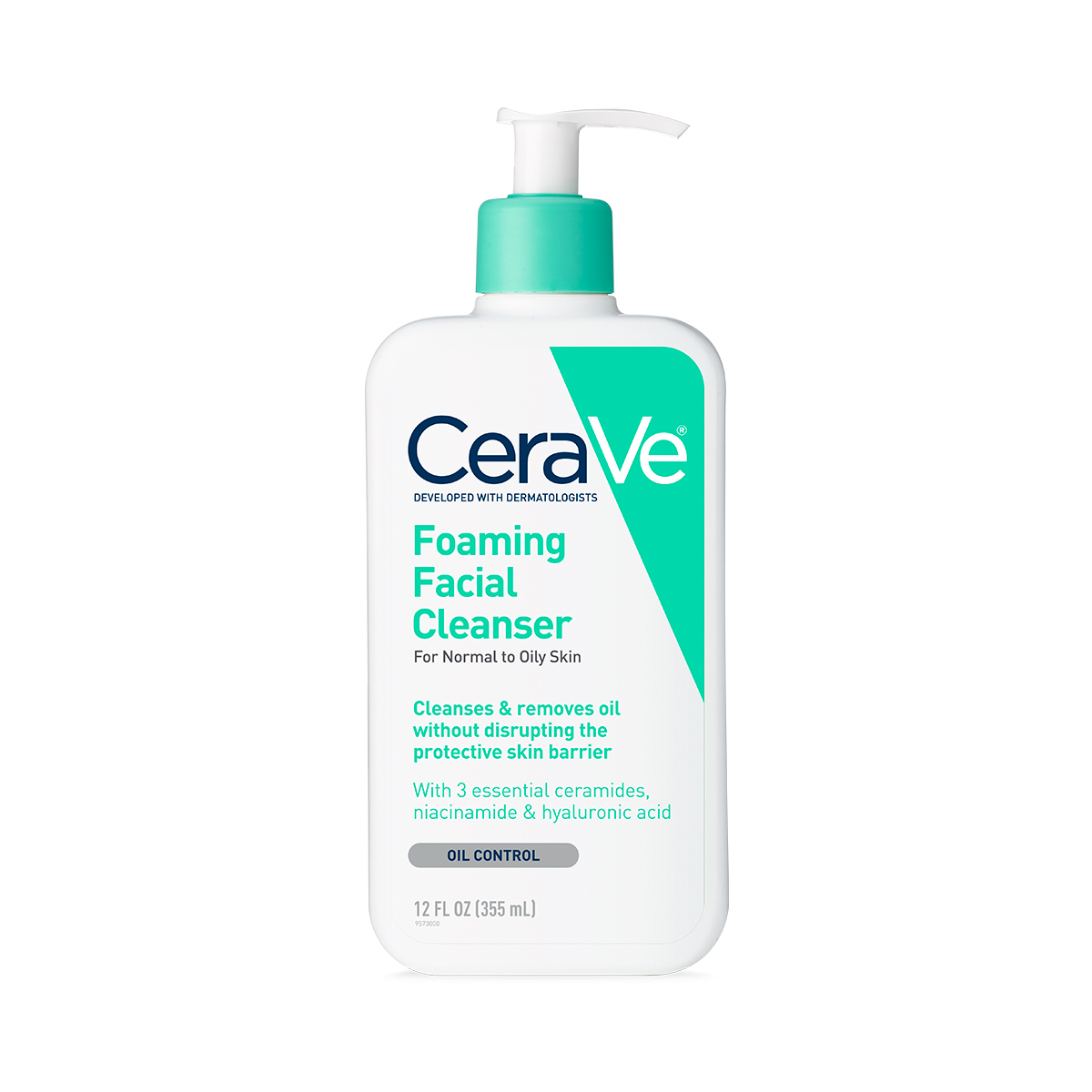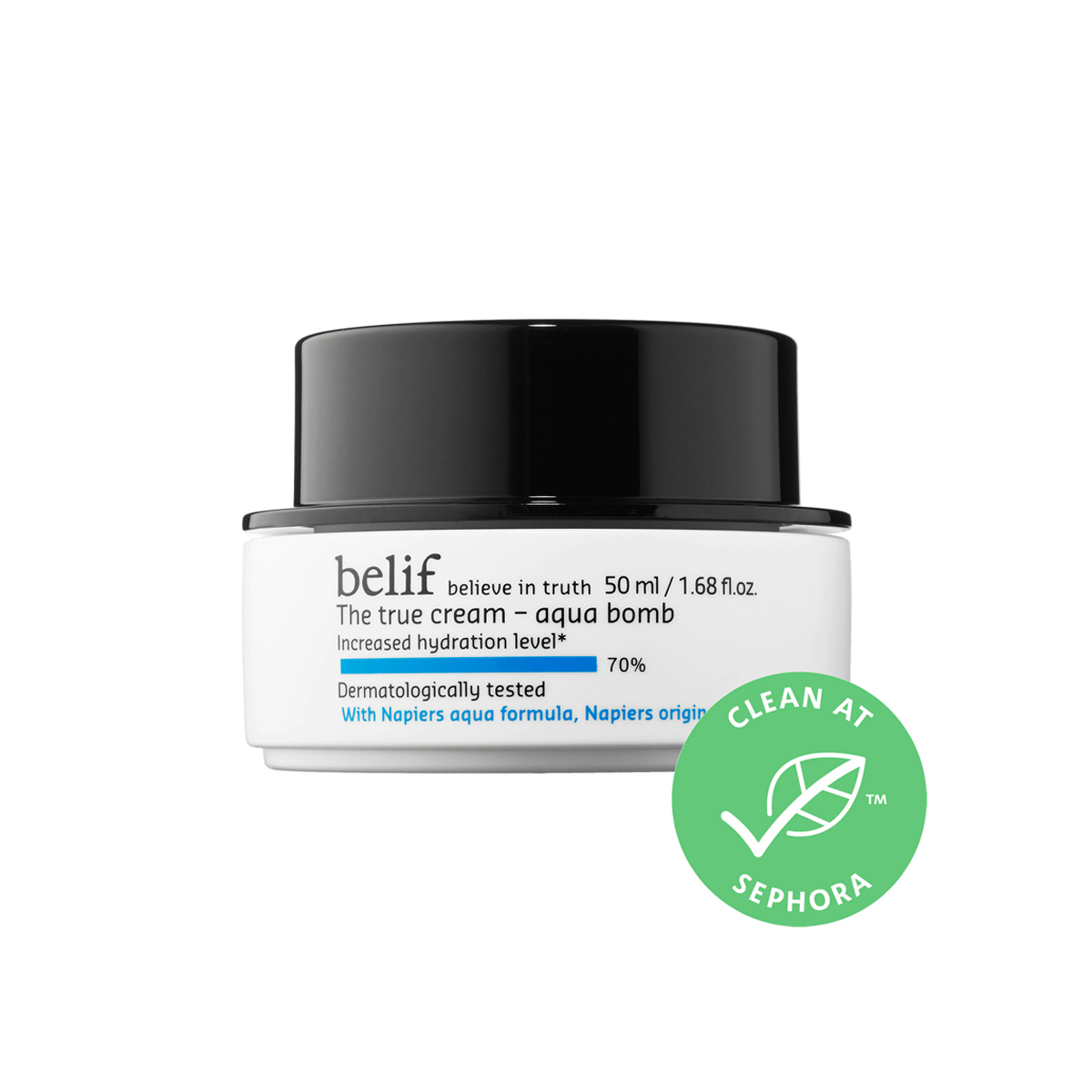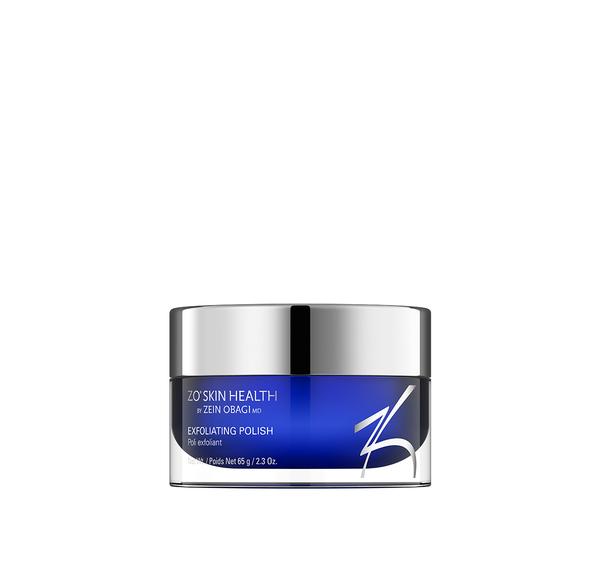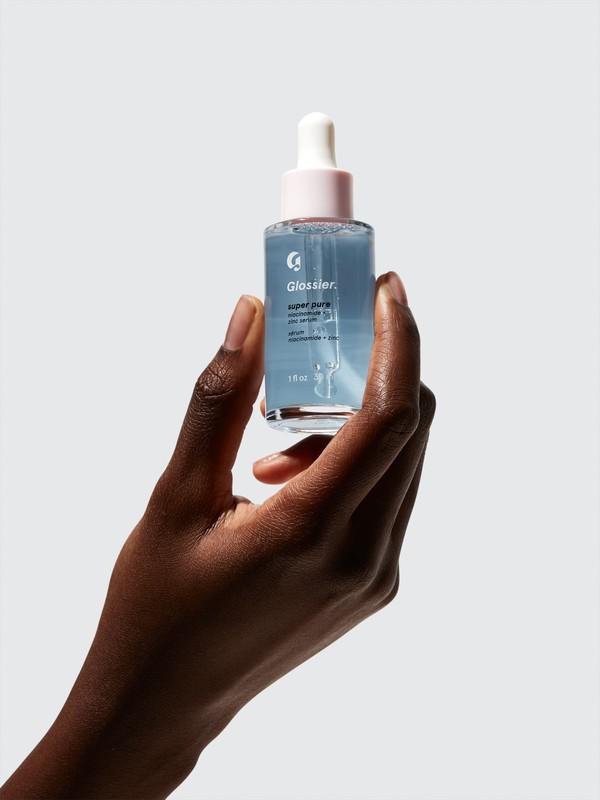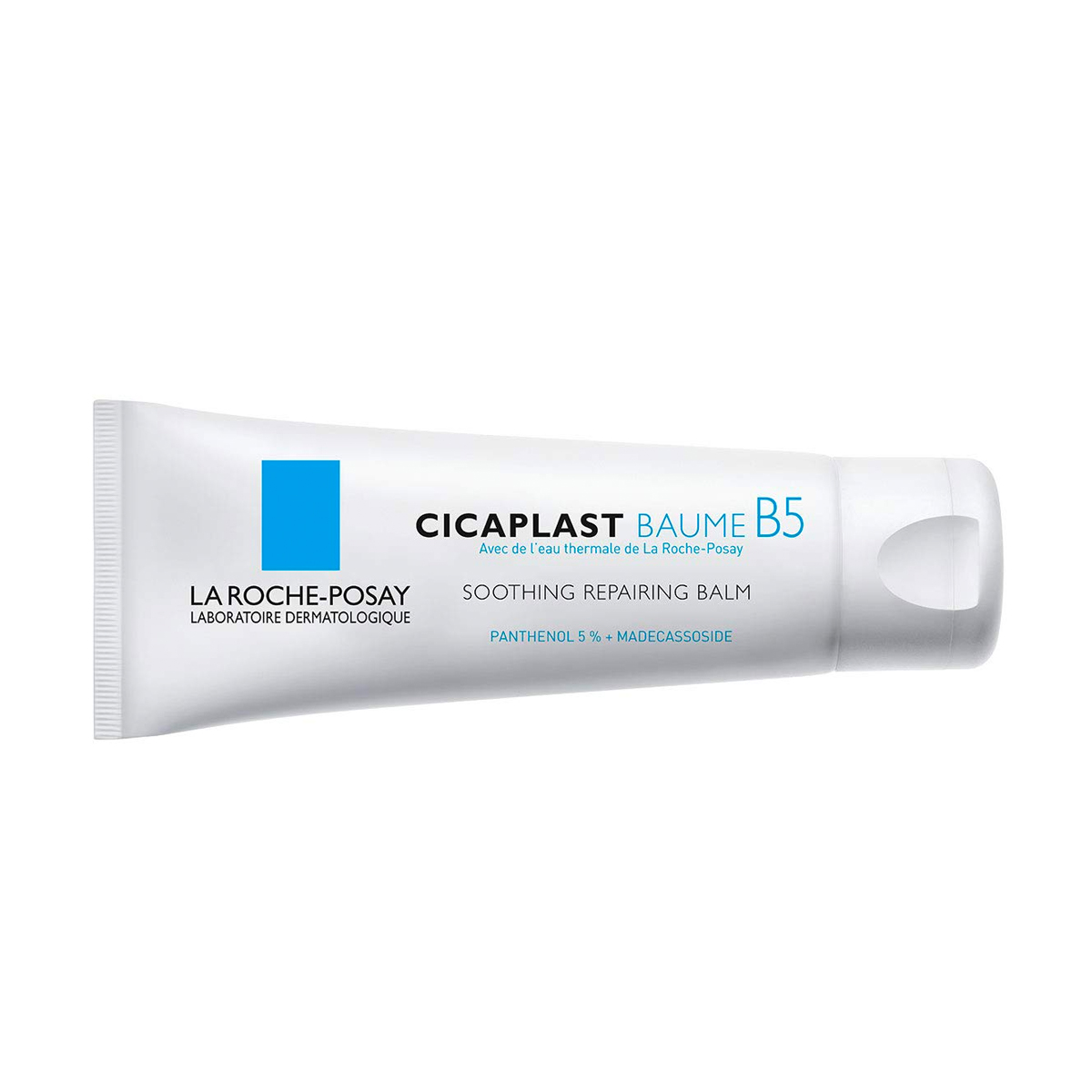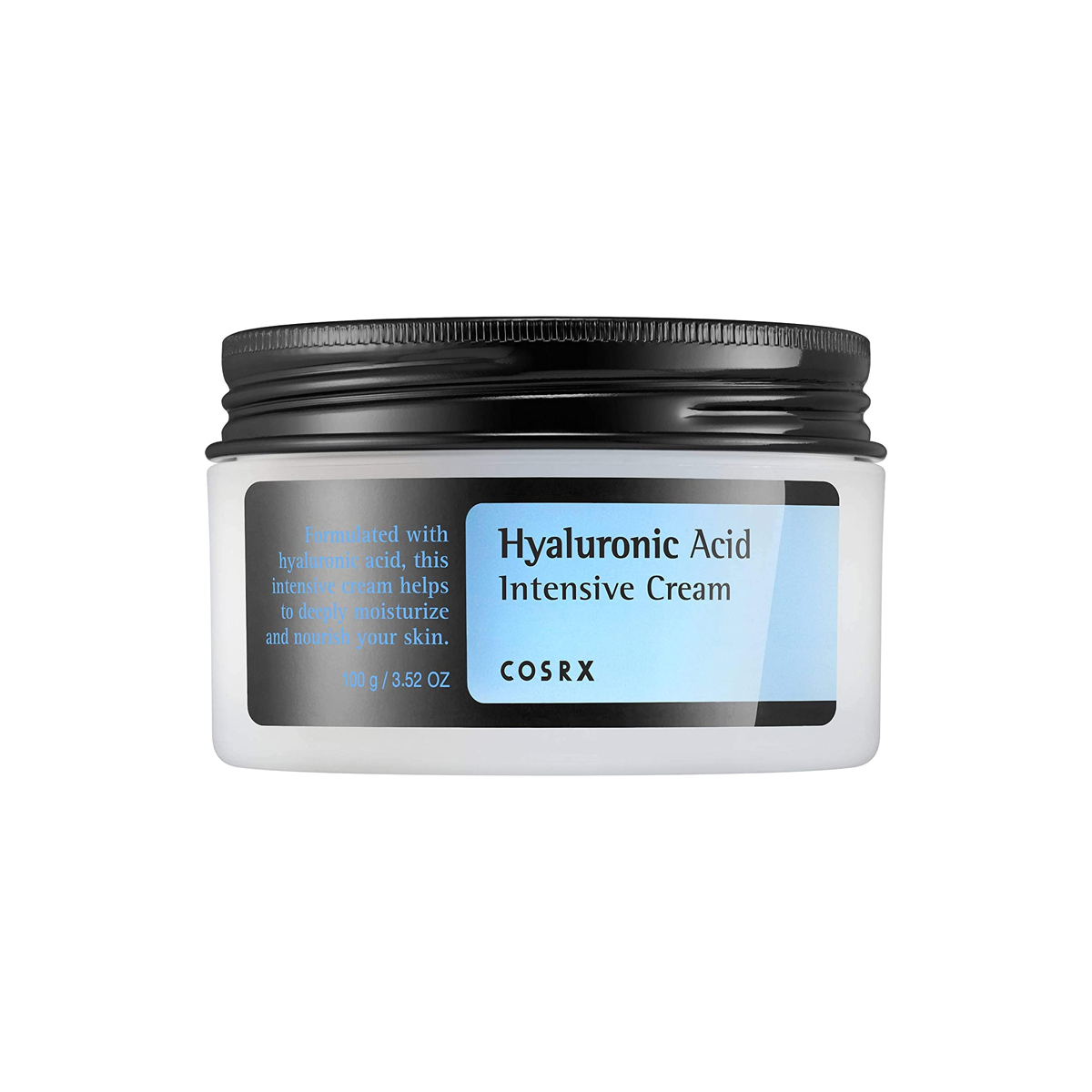Does Everyone Secretly Have Combination Skin?
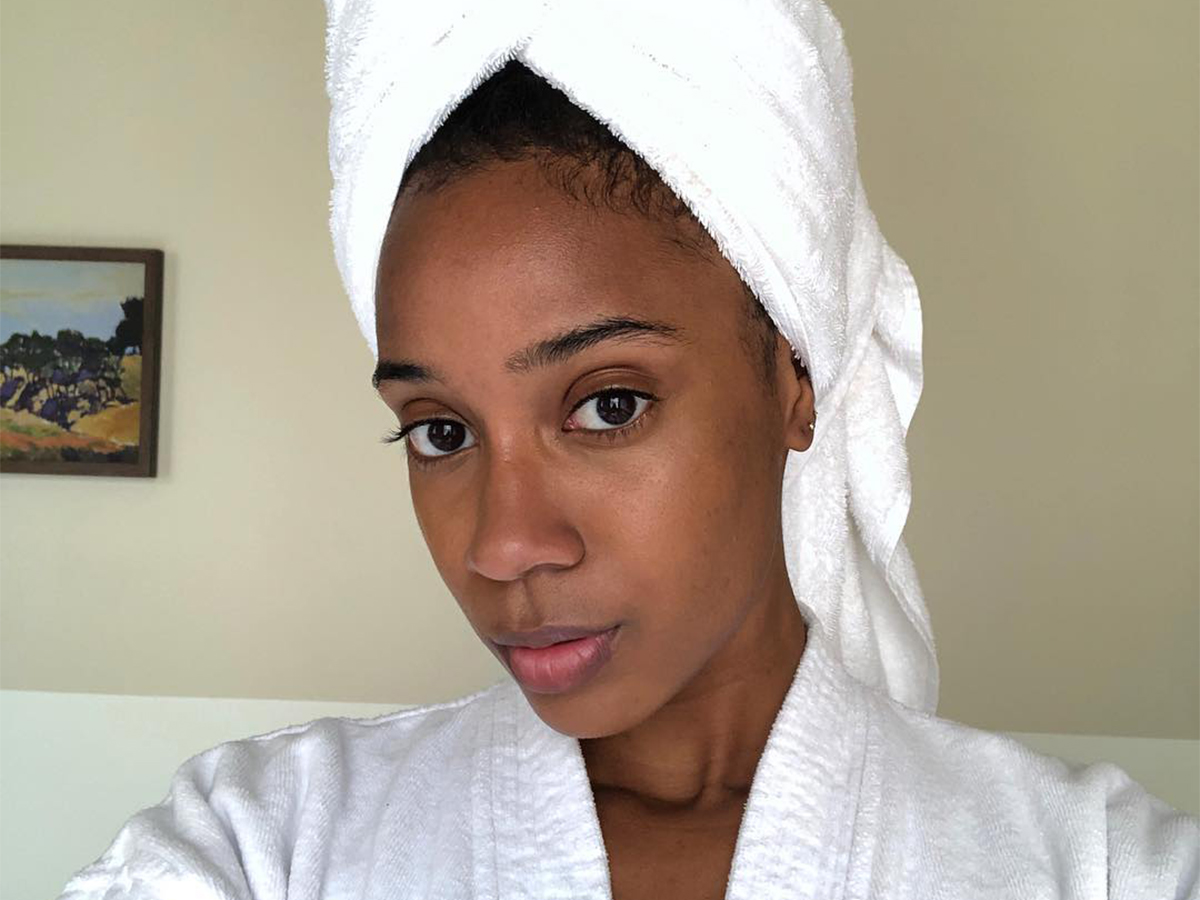
No matter where you fall on the skincare-enthusiast spectrum, there's a good chance you know which of the four widely recognized skin types you fall into. After all, everything from determining what kind of cleanser is best to identifying the perfect moisturizer pretty much requires us to know if our skin is normal, oily, dry, or combination. Personally, I identified my combination skin type at a relatively young age and, as a result, have used the label to help inform nearly all of my skincare behaviors for the last decade or so.
As its name suggests, combination skin is a little complicated. When I consulted a group of trusted experts, I learned that at times, anyone's skin can display various characteristics that can make them think they have combination skin when they actually don't (easy mistake!).
All our experts agree that the stringent skin-typing most adhere to—normal, oily, dry, and combination—isn't nearly as cut-and-dried as we've long been led to believe. In fact, celebrity esthetician Renée Rouleau has used the expertise she's gained over the last 30 years working with skin to develop a typing system with nine skin types. Any way you slice it, the combination moniker is a skin distinction that many identify with, so I tapped the top experts to break it all the way down. Keep scrolling for everything you need to know, including the best skincare routine for combination skin.
What Is Combination Skin?
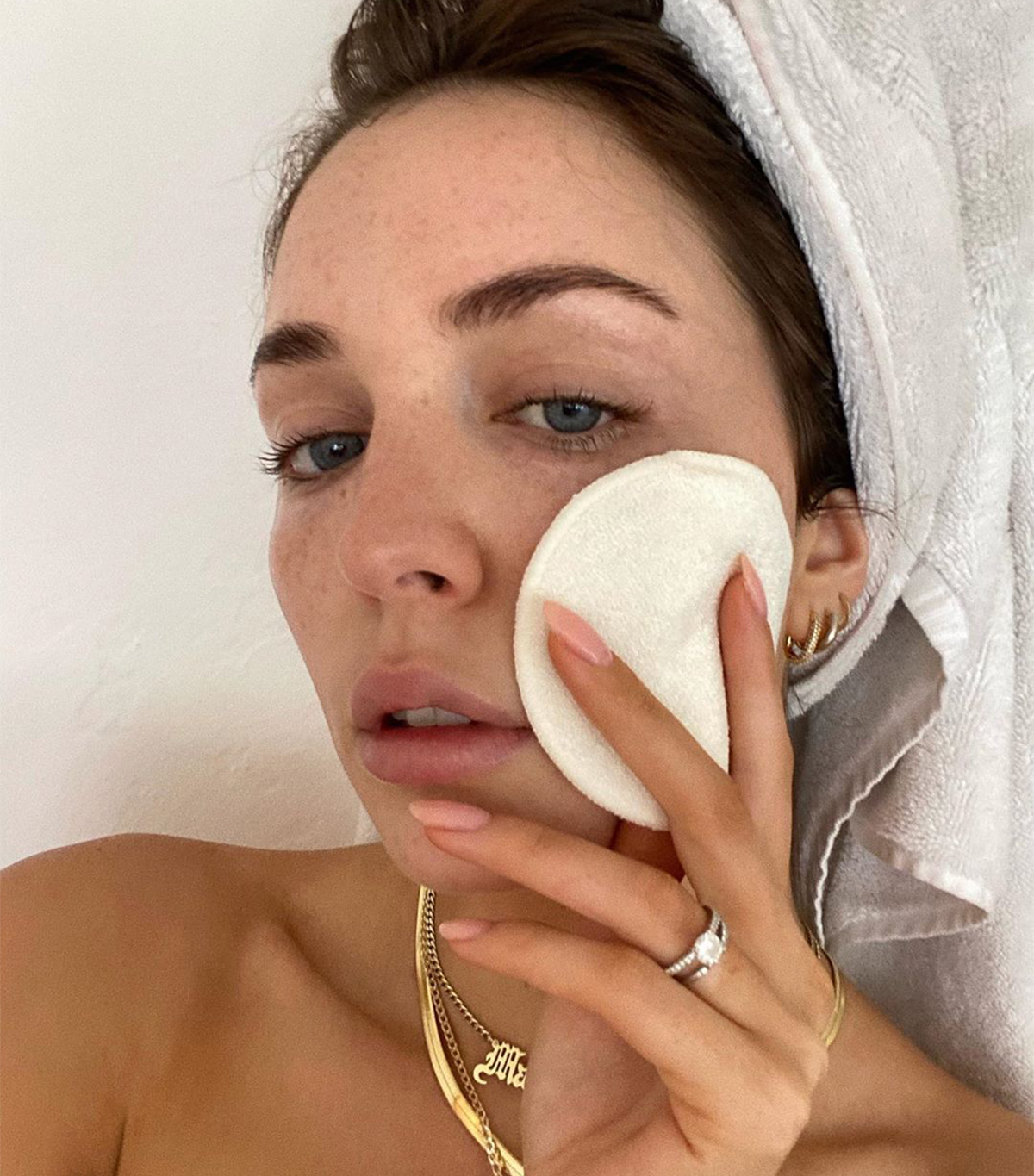
To put it simply, combination skin just means your skin displays characteristics of more than one skin type. "We have four main skin types that are formally acknowledged—oily, dry, normal, and combination. Combination skin encompasses people who have two of the other skin types both present on their face," explains licensed esthetician Lily Njoroge. "It can be oily in some areas like the T-zone or butterfly zone and dry in other areas like the mouth, which is common due to the lack of oil glands on our lips, which contributes to dryness around the mouth. But the most common combination that I see in my treatment room at Skin Wins is oily and normal," she goes on. "Most people who suffer from acne will have overactive sebaceous glands only on certain regions of their face, while the other areas don’t really produce excess oil but are also not quite dry, so they’re normal."
Rouleau agrees but clarifies that combination skin isn't a condition, nor does it necessarily lend itself to the existence of other skin conditions. "Combination skin is a standard term in the skincare industry. However, combination skin simply acknowledges oil production (or a lack of) on the face. It is not at all connected with skin conditions such as discoloration, loss of tone, eczema, acne, rosacea, etc.," she says.
If this sounds like your skin, Rouleau thinks you should pause before classifying your skin as problematic. "I don’t think of combination skin as a real skin concern," she says. "It’s just an indication of oil production, which drives the decision making of how light or how heavy your moisturizer (and other products) should be."
Does Everyone Have Combination Skin?

Though Rouleau points out that there are plenty of people who produce little or no oil on their faces, thus exing them out of the combination-skin category, other opinions make this question impossible to answer with a hard yes or a hard no. For example, Njoroge says she's experienced so many nuanced skin types that she tends to treat all skin like combination skin. "This was a controversial opinion I shared a while back that pretty much all skin is combination skin. It’s very rare that I see clients with oil production on their full face or dryness on their full face," she tells us. She also points out that skin type can change for a number of reasons and that skin can certainly move in and out of a combination state. "With skin type being so fluid, it’s safe to say that essentially everyone has combination skin or will have it at some point. A few stressful life events could occur, and someone who previously had normal skin may find that their skin is suddenly excessively oily due to the corticotropin-releasing hormone (CHR), which is responsible for making our sebaceous glands overly active when we experience stress, as shown in this study."
Even though our experts agree that skin-typing is fluid, it's also important to note that the combination skin type faces some scrutiny. "Many dermatologists and skincare experts do not support this concept of combination skin and only classify skin on a spectrum from dry to oily," says Sameer Bashey, MD, FAAD. Rouleau also points out that environmental shifts like climate and season can have an impact, too. "During season changes, oil production can increase (hello hot summer!), so your skin can act more combination, which is why lighter moisturizers are often needed for these types of skin," she says.
Top Tips for Combination Skincare

Tip #1: Balance is key.
The goal for those with combination skin is maintaining a good balance of oil across the entire face. This can pose a challenge since this skin type generally sees different levels of oil production in different zones. Bashey says that independent of skin type, a basic regimen can help to regulate. "All skin types from dry to oily benefit from regular cleansing, exfoliation, and toning. Following these three steps regularly protects the skin’s barrier function, which promotes overall hydration and supports the skin’s natural process of cellular renewal," he says.
"Combination skin requires water and not oil since the skin already produces oil in the T-zone," says Rouleau. "Focusing on delivering water-based hydration is the key to healthy combination skin."
Tip #2: Don't go too crazy with active ingredients.
Did you know the products you use on your face can influence your skin type? Njoroge says this is a growing occurrence: "I see a lot of clients who have unknowingly manipulated their skin type. Specifically, they’ll use active ingredients only on certain parts of their skin, and if they overuse them, those areas will become dehydrated, which often presents as dry skin, while other areas will begin producing excessive amounts of sebum in response to over-exfoliation." Bashey agrees, reinforcing the importance of checking in with a professional before dousing your skin in strong astringents or powerful active ingredients.
Tip #3: Expect changes with age.
"Your overall at-home skincare routine, whether it focuses on anti-aging, brightening, or preventative care, should evolve as your skin changes to address these concerns and maintain overall skin health," says Bashey. No surprises there! We're well aware of the telltale changes that tend to befall our skin as we age like volume loss and decreased elasticity, but our experts say that your actual skin type is another characteristic that can shift as we move through different stages of life. "As certain hormone levels drastically plummet when people hit menopause, their skin may go from oily to severely dry and flaky. Some people may experience an increase in androgen levels, which would then result in oily skin and menopausal acne," says Njoroge.
Tip #4: When in doubt, seek professional guidance.
This is true of nearly everything in life, but Bashey reinforces that when it comes to matters of the skin, professional guidance is always the best way to make sure you're doing what's best for your skin. "Even patients with oily skin can experience false dryness, which can be, if diagnosed at home, incorrectly perceived to be what people refer to as combination skin," he explains. "Many symptoms, such as excessive dryness or inflammation, can be symptoms for underlying skin conditions, such as rosacea or eczema."
Combination Skincare Routine Must-Haves
Step 1: Cleanser

For the morning and night, I recommend cleansing with the Fresh Soy Face Cleanser because it has gentle cucumber extracts, which are great for calming the skin; sunflower seed oil and soybean oil, which provide the skin with essential fatty acids that it needs in order to be healthy; aloe leaf juice to hydrate; and borage seed oil to calm inflammation due to its high content of linoleic acid. It’s the perfect cleanser for all skin types, really.
Step 2: Hydrating Toner, Essence, or Serum
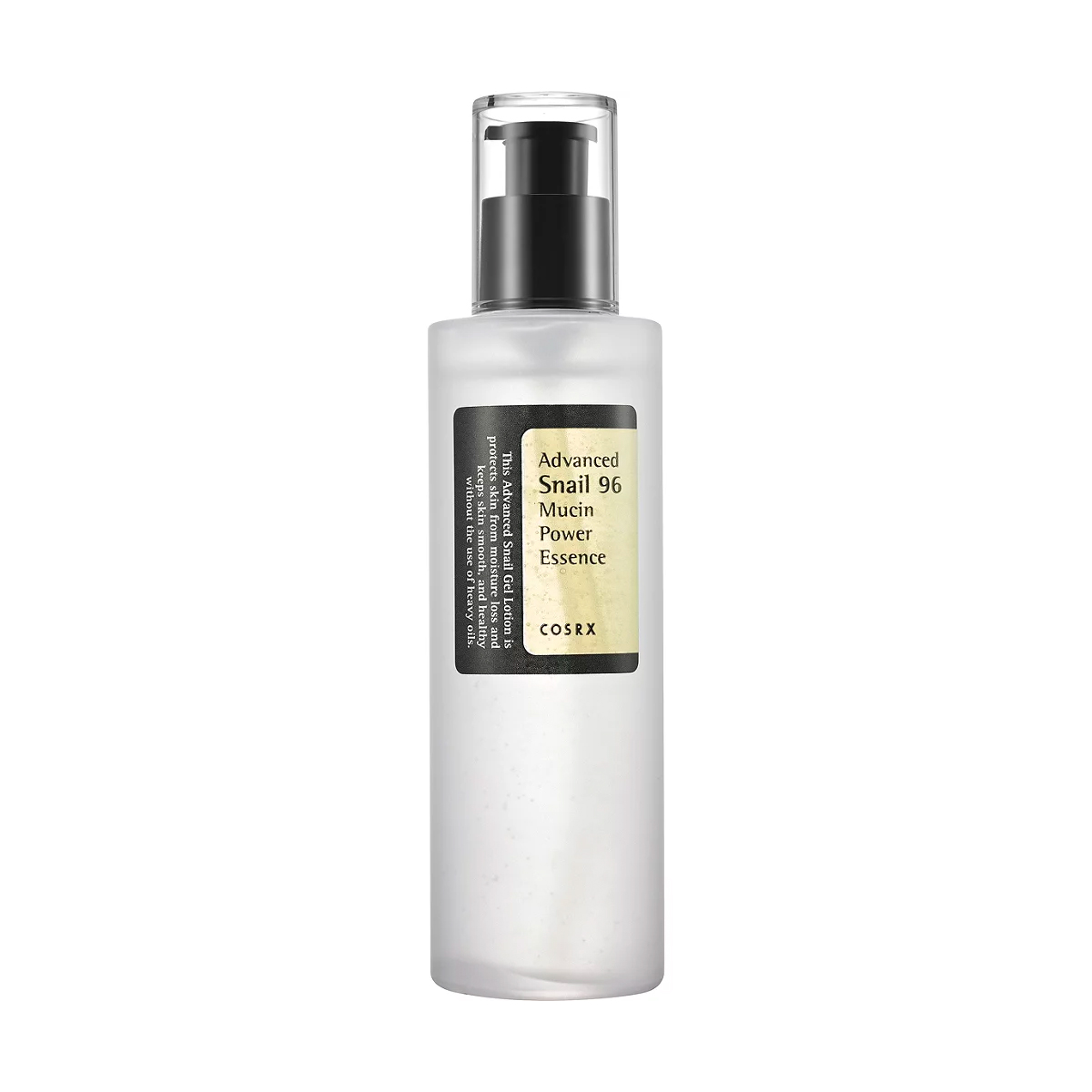
Njoroge agrees, adding that it's important to layer humectants onto damp skin. "Past our stratum corneum, our skin is hydrophobic and experiences a process known as transepidermal water loss, where it loses water throughout the day. This means that it is crucial to ensure you are replenishing the water that was lost by using humectants in the form of hydrating serums or toners on damp skin twice daily," she says. She loves this one for its ability to intensely hydrate and calm inflammation.
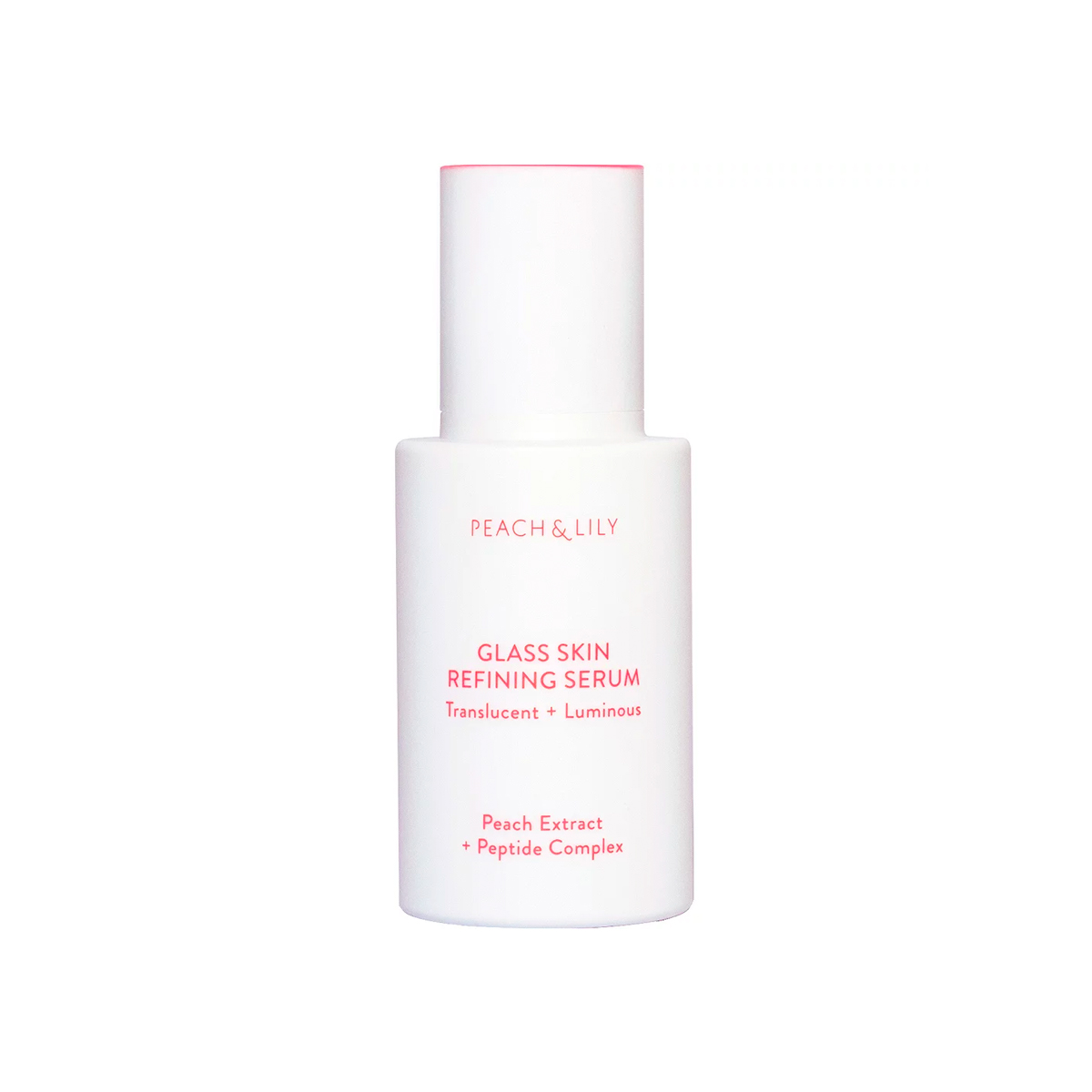
Another one of Njoroge's faves is this serum that has niacinamide and madecassoside to calm inflammation, brighten, hydrate, and provide antioxidant protection during the day. She says adding an antioxidant shield actually enhances our sunscreen’s ability to protect our skin.
Step 3: Lightweight Moisturizer
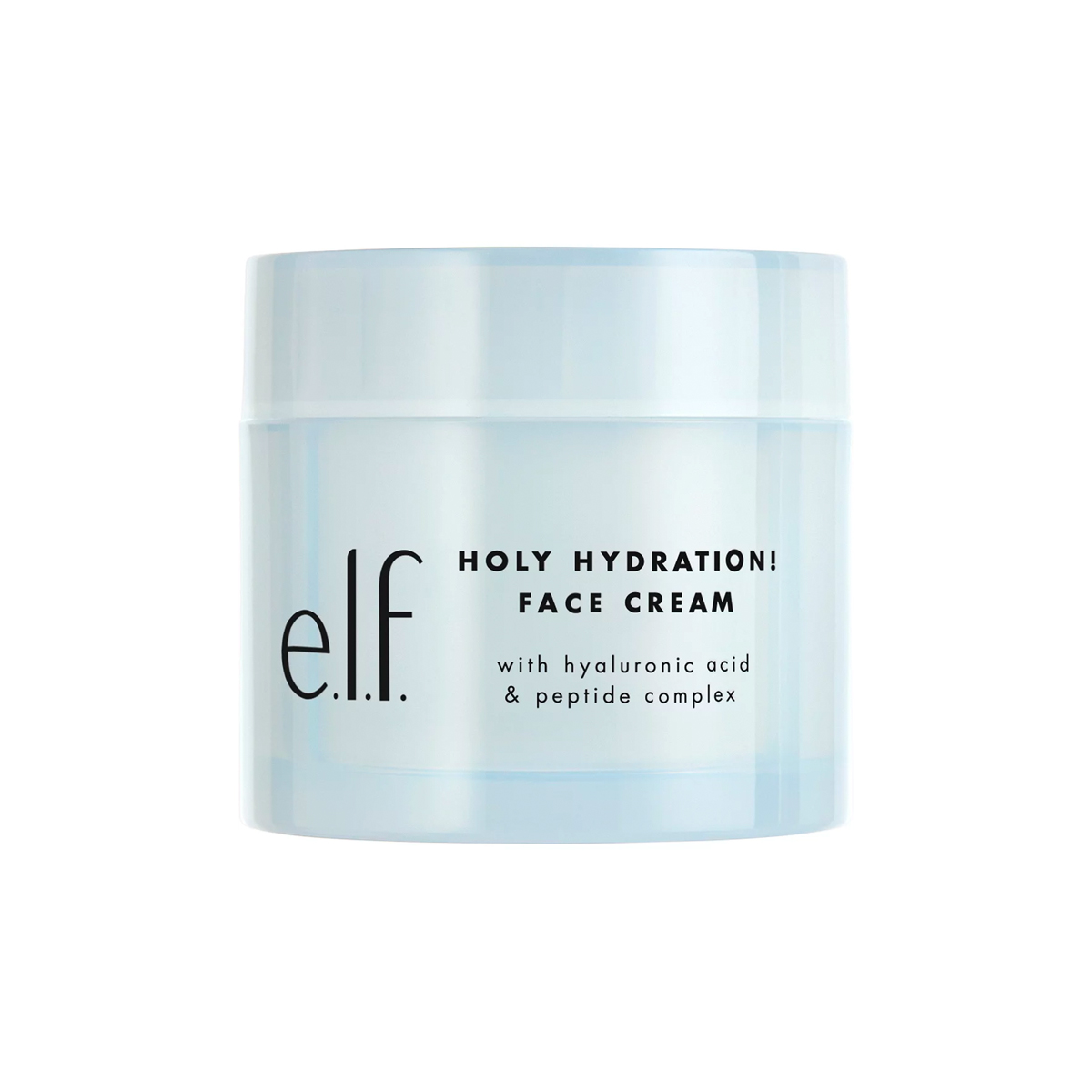
If your combination skin features zones of dryness, then you might reach for a moisturizer that packs a bit more of an occlusive punch. "Occlusion is necessary for moisture retention," Njoroge explains. She loves this one from E.l.f., which has ingredients like peptides, squalane, and niacinamide to help with collagen production, moisture retention, and brightening.
Step 4: SPF
More Additions to Consider
Addition #1: Exfoliater
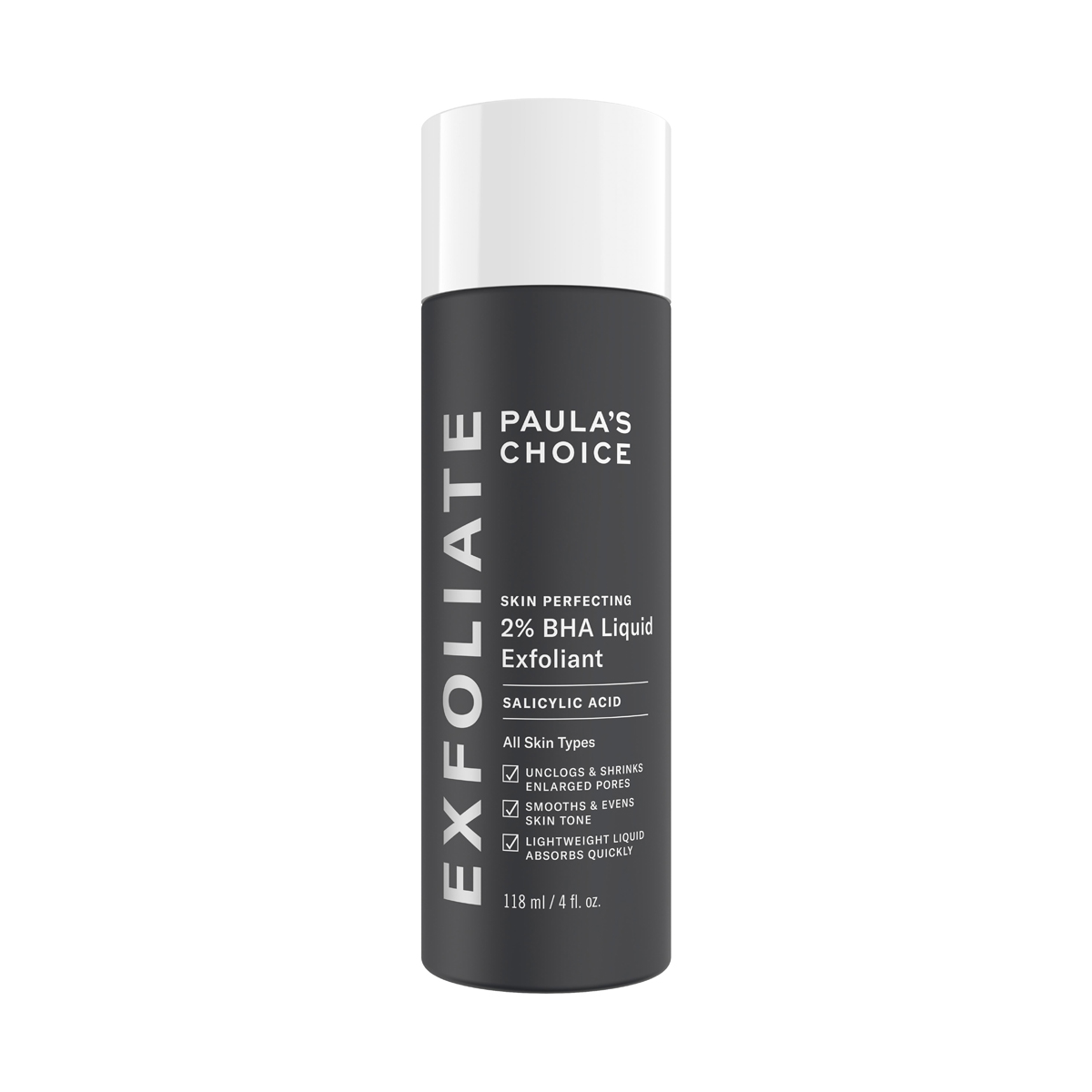
Njoroge prefers chemical exfoliators and points out that those with combination skin have to be strategic about exfoliating since some ingredients might not be needed all over the face. "I tell my clients who have excess oil only in their T-zone to only use salicylic acid or sulfur-based products in that area and not their full face because their full-face doesn’t need oil-controlling products," she says.
Addition #2: Skin-Barrier Support
Addition #3: Oil Control

This beloved mask is great for all skin types, including combination skin. It's got a potent blend of AHAs, BHAs, and enzymes to help smooth and balance the skin.
Up next, this one ingredient in your moisturizer could be making you break out.
Courtney Higgs is a Cancer sun, Libra rising beauty enthusiast with six years of experience in the editorial space. She was previously Who What Wear's associate beauty editor after spending many years working at InStyle Magazine. She graduated from California State University, Northridge, with a BA in communication studies and pivoted to editorial after spending her college years working in the legal field. Her beauty philosophy is simple: She believes there are no wrong answers and that discovering our favorite beauty products and rituals is a journey, not a sprint. When she's not geeking out over products, she can be found adventuring around L.A. with her fiancé; watching reality TV with their French bulldog, Bernie Mac; or relating way too hard to astrology memes.
